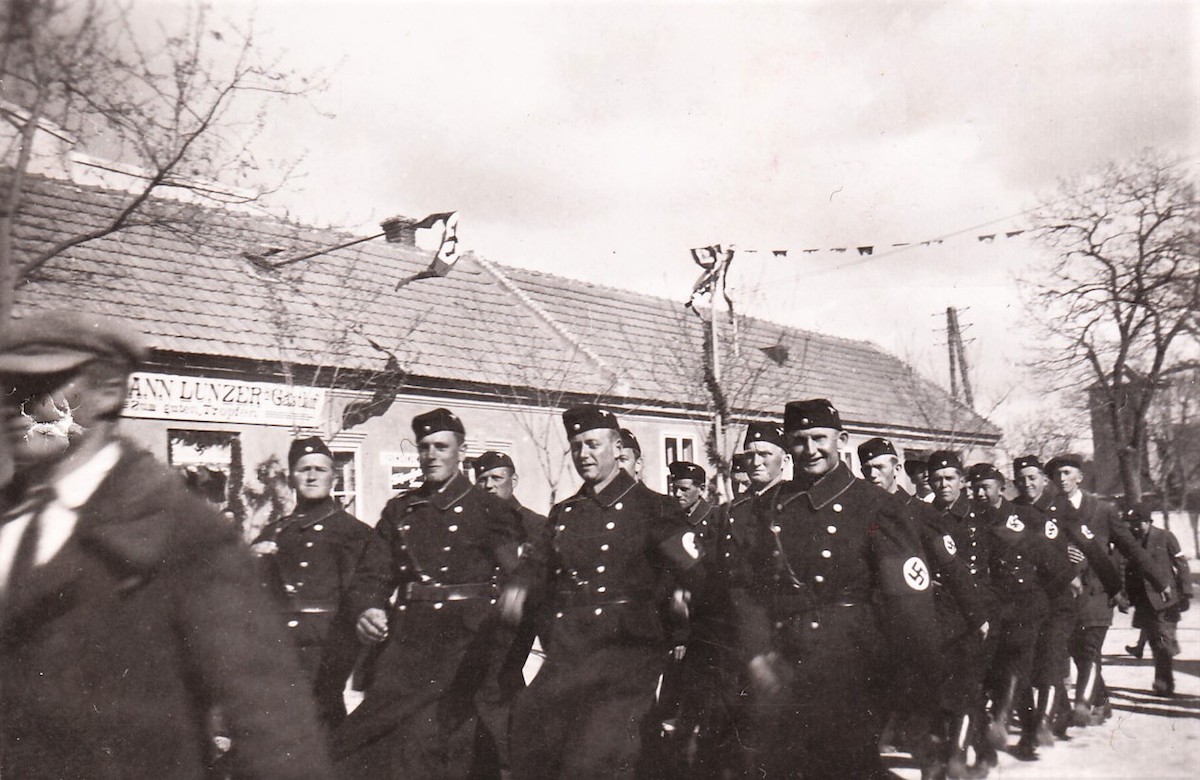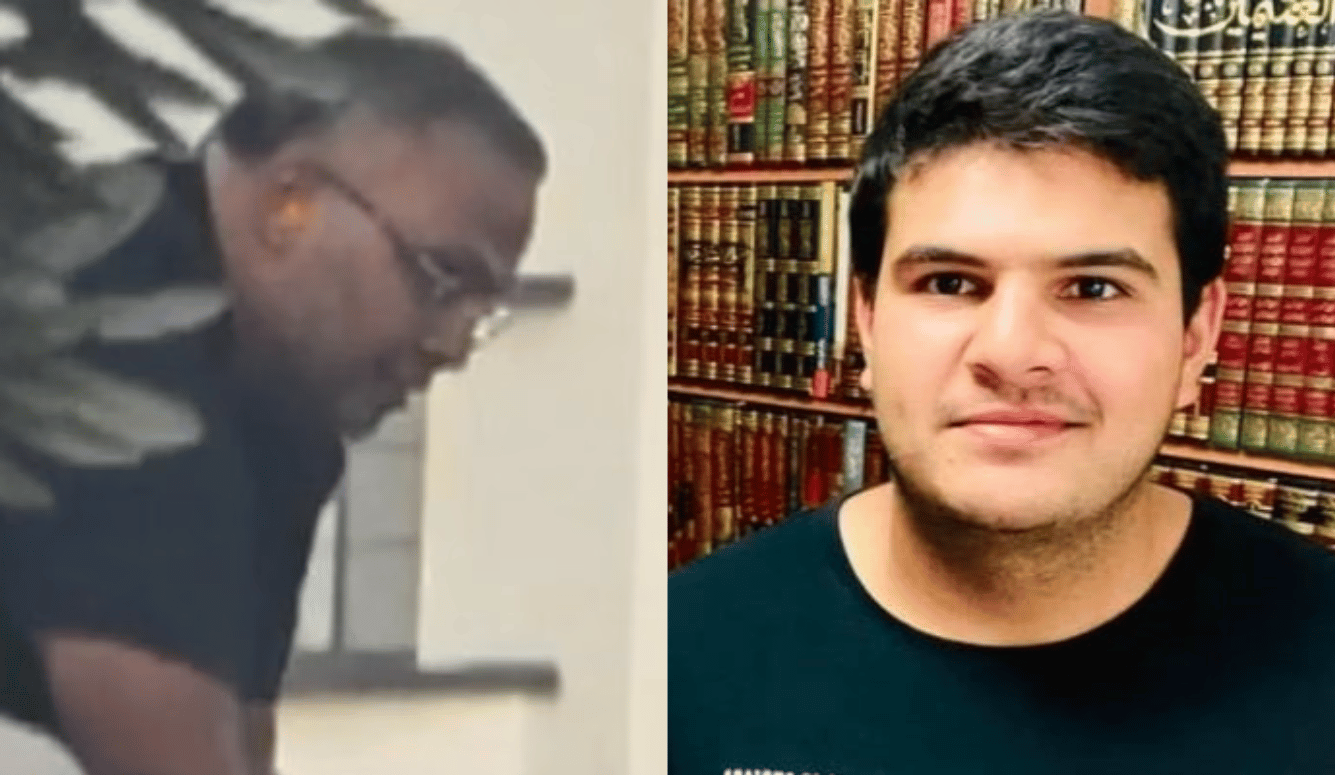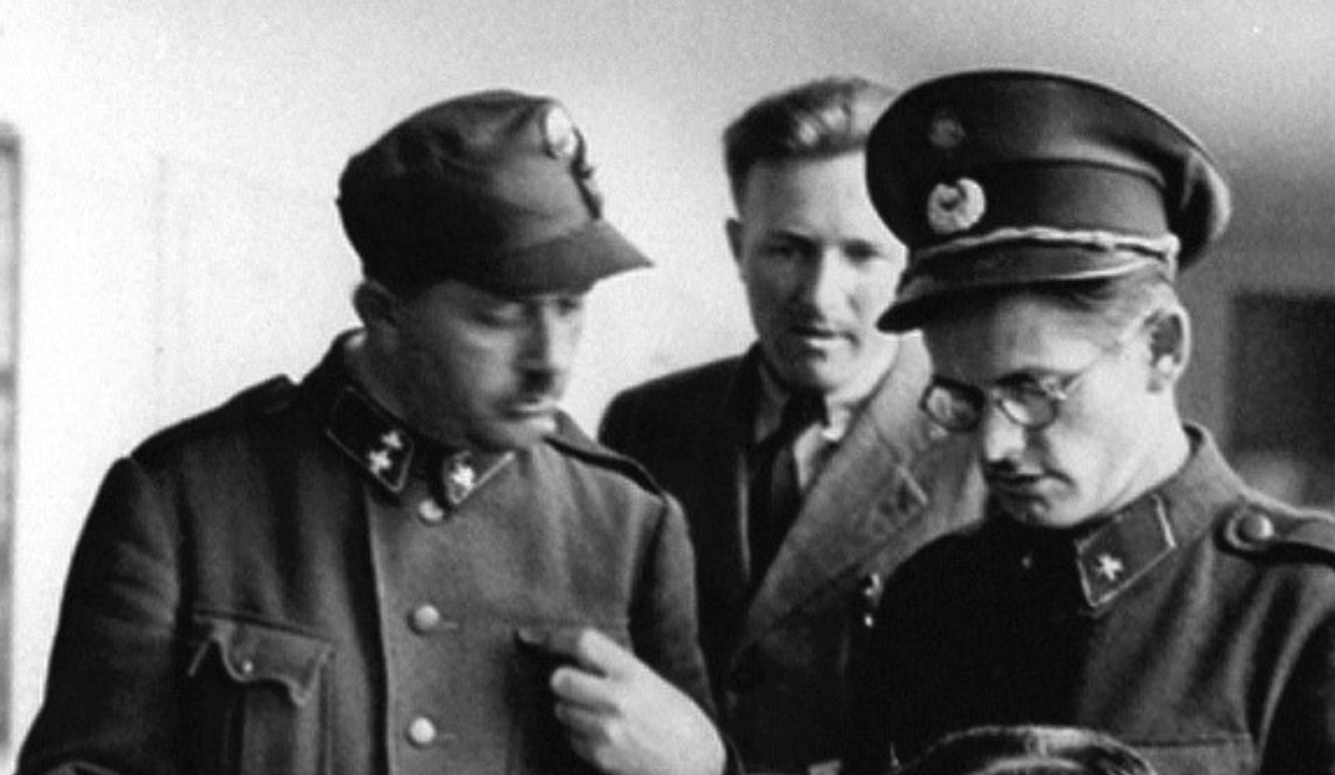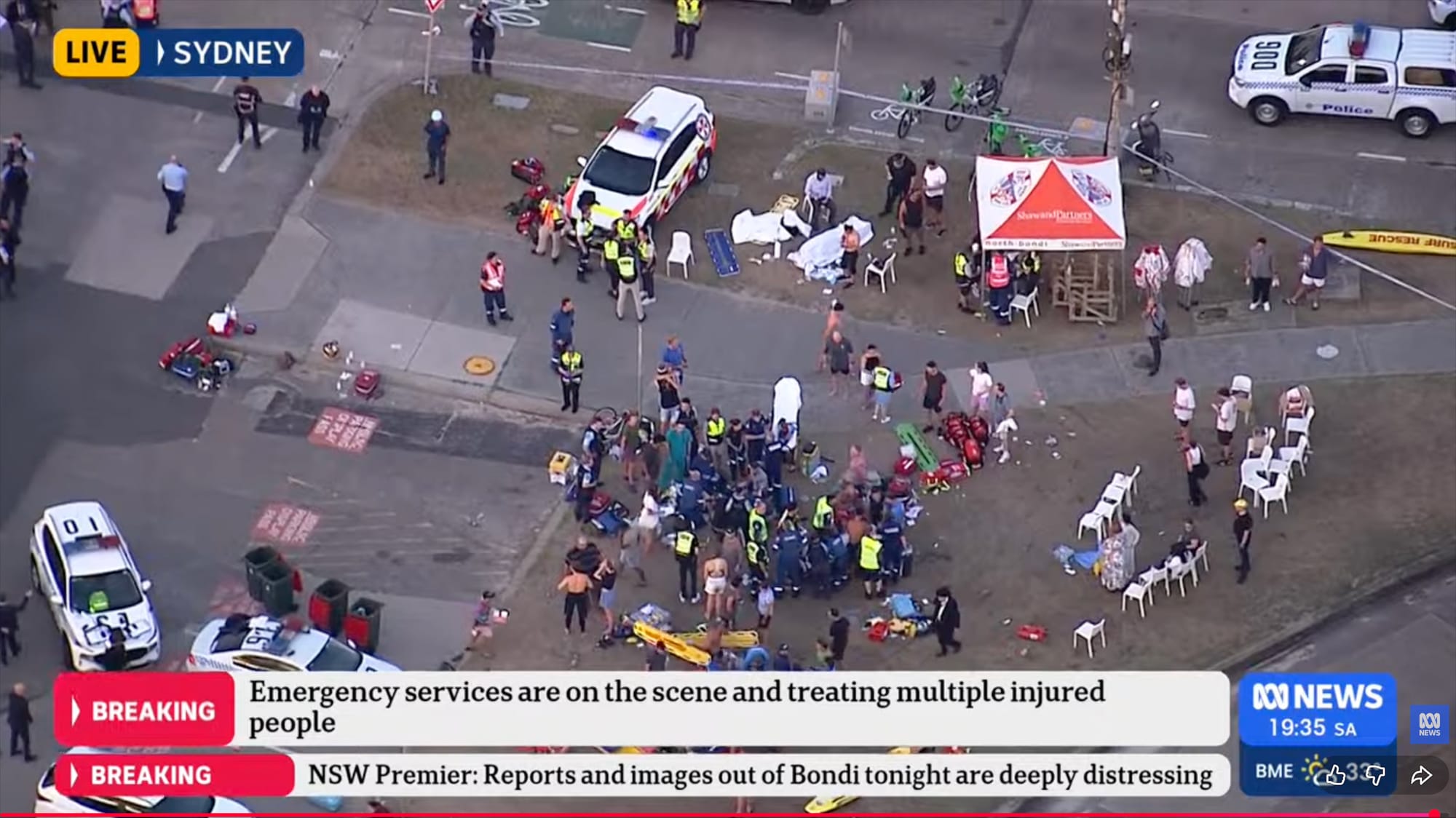History
Nazis: A Modern Field Guide
In the spirit of the Handbook on German Military Forces, I offer readers this brief field guide to the various kinds of “Nazis” who inhabit the world of 2018.

In the Fall of 1943, as American troops were working their way northward through Italy, U.S. commanders were doing their best to address a basic problem of military intelligence: troops in the field couldn’t tell different kinds of German troops and weapons apart.
This could have life or death consequences: An American squad armed with a bazooka could stand fast against a thinly armoured halftrack, but had little chance of harming the heaviest German tanks. Likewise, GIs had to be far more careful when fighting elite German infantry units than with the conscripts and armed prisoners from the eastern front that the Wehrmacht threw into the field as the conflict wore on. And so the U.S. War Department produced a 400-page book called Handbook on German Military Forces, with the purpose of giving officers and enlisted men “a better understanding of their principal enemy.” A set of colour plates within the book show German soldiers in a variety of uniform styles and poses, from the Continental uniform style seen in most war movies, to tropical uniforms (which included shorts), to winter-wear for mountain troops. An updated edition of that handbook was published in early 1945. But then the war ended a few months later, and the books were discontinued: The war-fighting machine that Handbook on German Military Forces described no longer existed.
But now, more than 70 years after the fall of Berlin and the death of Adolf Hitler, it might be time for a new kind of Nazi field guide. On one hand, we are plagued by men such as Robert Bowers, who allegedly committed mass murder at a Pittsburgh synagogue after posting explicitly anti-Semitic messages on a web site known to be a haven for self-described neo-Nazis and Holocaust deniers. On the other hand, the Internet is now so full of spurious allusions to Nazi ideology that the term is in danger of losing all meaning. On social media, especially, “Nazi” has become a sort of four-letter synonym for “alt-right,” which itself now fills in lazily for “conservative” or “right-wing.” So even a politician or pundit who is mildly right-of-centre is in danger of being libelled as a “Nazi” by people who couldn’t find Germany on a map or name a single major Second World War battle.





